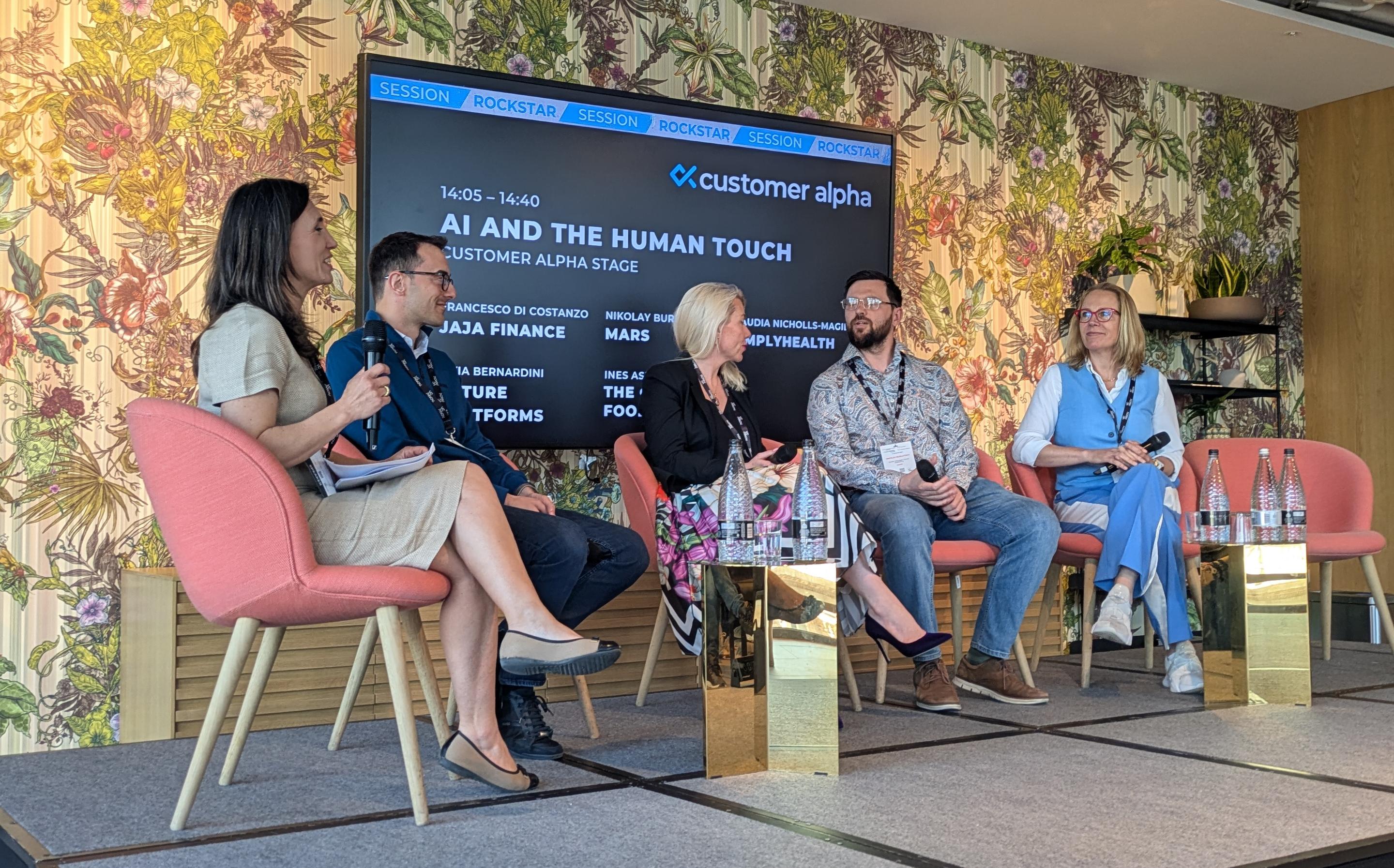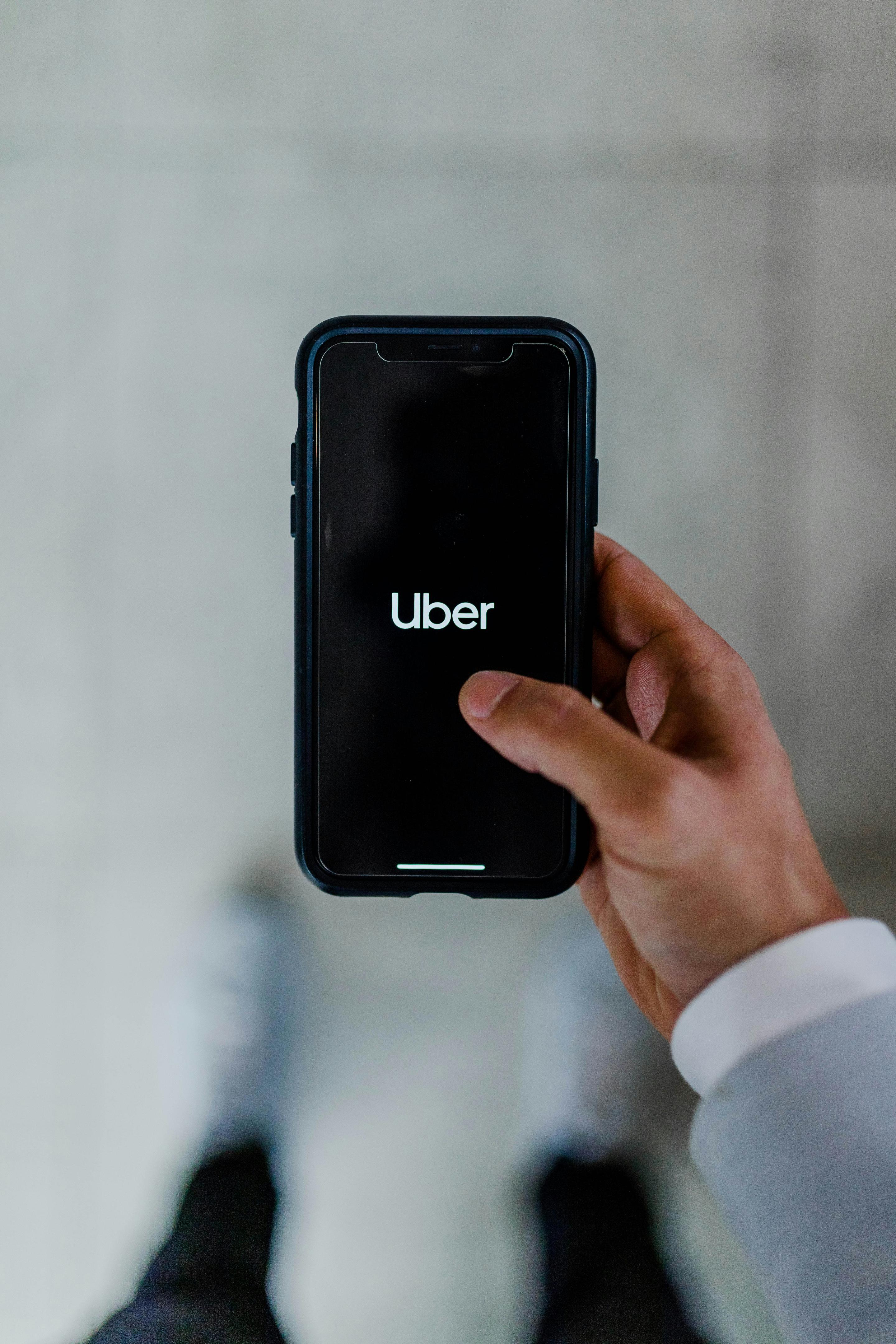How customer service can make or break your brand
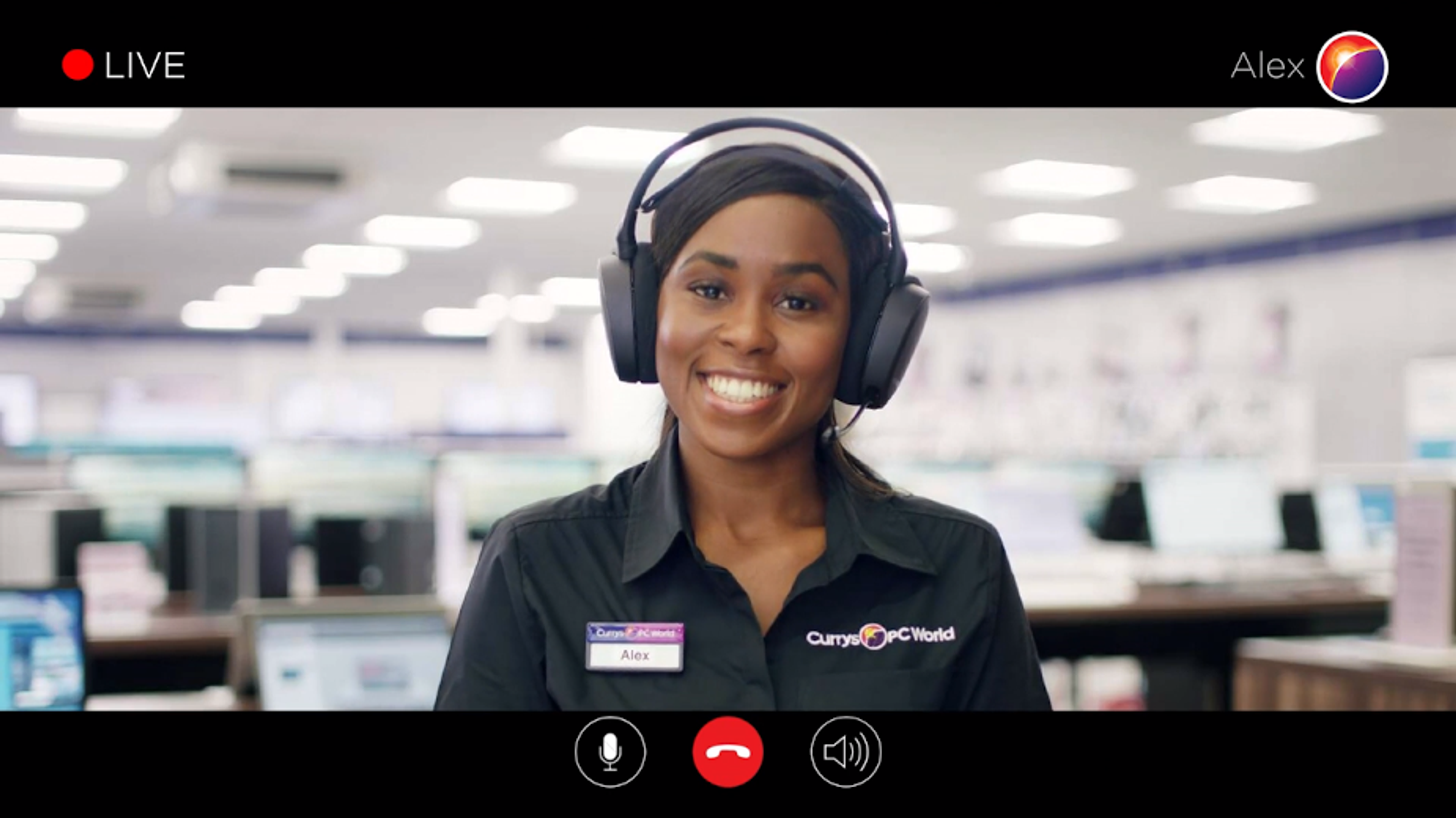
Customer service has never been more important – 96% of consumers say that it’s at the top of their list when it comes to choosing one brand over another.
Think about it: when something goes wrong with a product or service and you’re desperately trying to find help but can’t, it can cause you to abandon ship.
Brands have realised the need to make it easier for their customers to receive the help they need. The better customer service brands provide, the more likely they are to cultivate loyal customers; and loyal customers often result in new business.
We wanted to find the secret behind a successful customer service by analysing its 3 common approaches – traditional, digital native, and innovative. To help brands design and deliver the right customer service for their business, we outlined the 6 pillars of a leading customer service.
6 pillars of a leading customer service
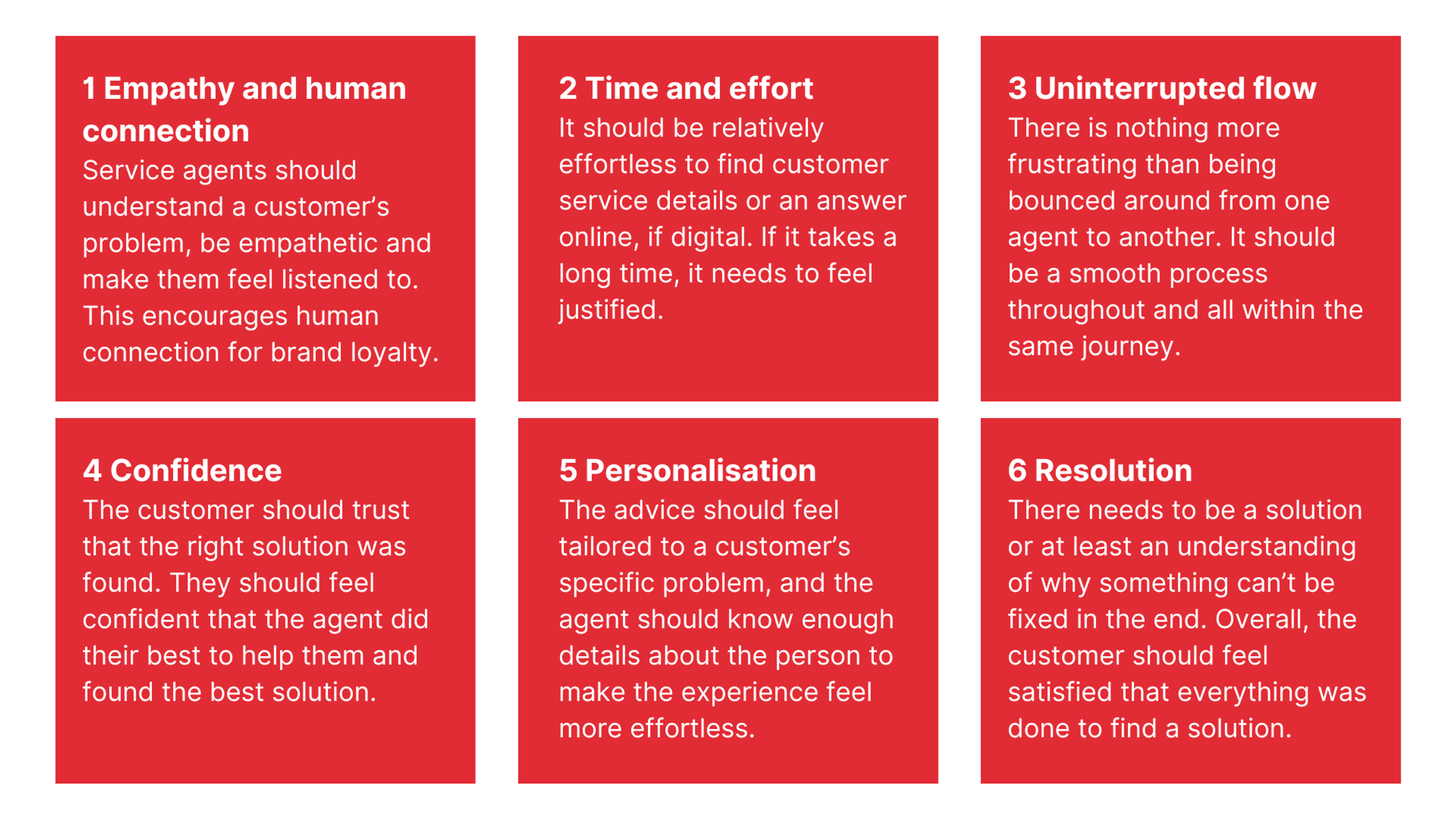
Analysis of 3 customer service approaches
Traditional
A traditional customer service usually involves an in-store visit or phone call with a human to solve your needs.
This approach works quite well for traditional businesses selling a product, which have in-store branches and need to direct customers there for personalised and tailored help.

Lululemon
Lululemon relies on a sense of community and the expertise of its staff to help customers find what they’re looking for. In terms of empathy, community, and brand loyalty, it leads the pack. The business has a network of ’Lulu angels’ who promote its products and connect with other customers to share experiences.
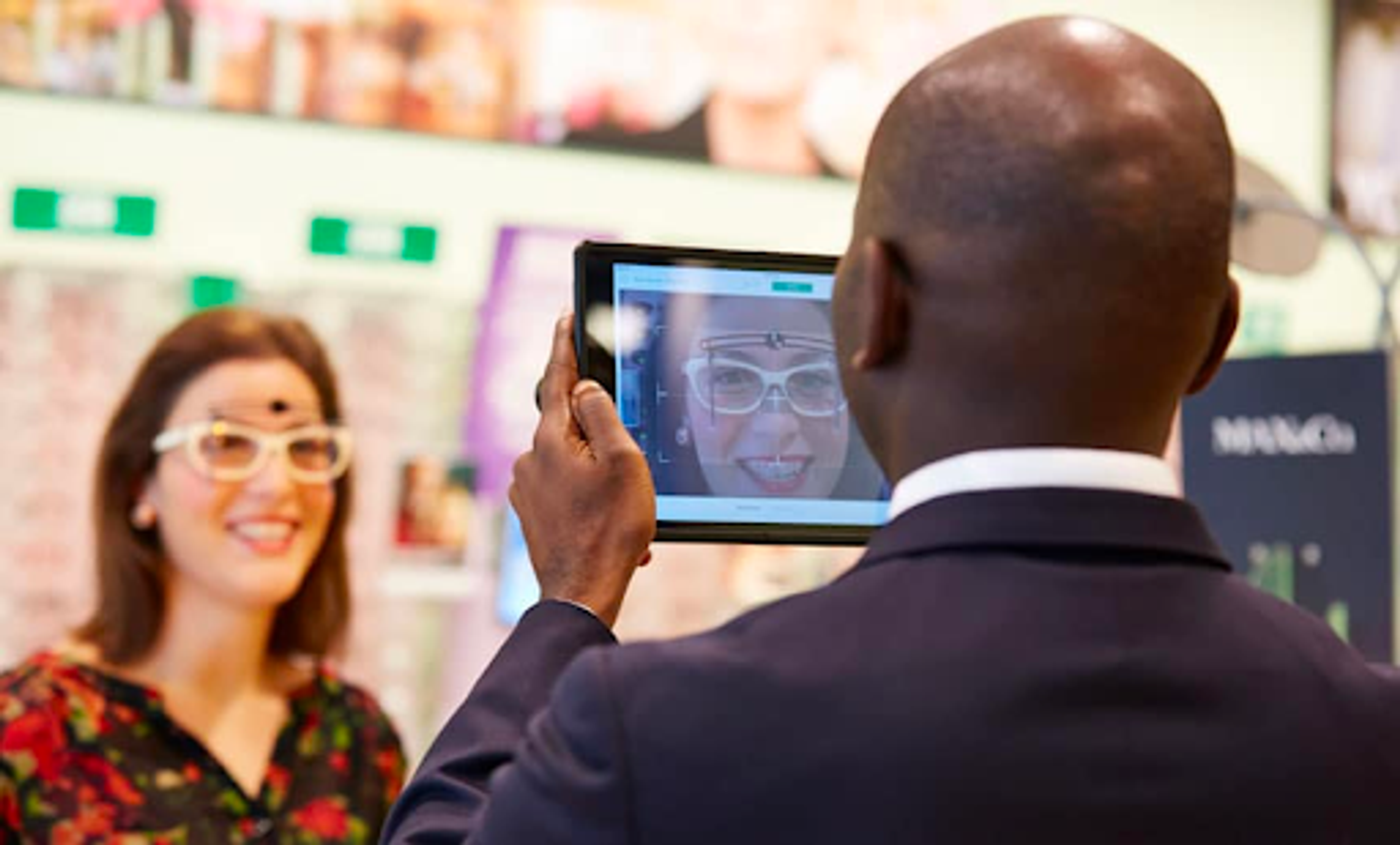
Specsavers
For the best advice, Specsavers always directs customers in-store – which, for something as important as eye-sight, is probably a good idea. Specasvers has evolved its online service by adding more options, such as virtual try-on, to help online customers find the best product, mimicking the in-store experience. But for anything beyond picking frames, such as an eye test, its go-to customer service approach is face-to-face, directing people in-store or offering a home visit for those who can’t travel.
Digital native
A digital-native approach often includes live chat, FAQs, digital DIY and full product access so that customers can guide themselves to find a solution.
Although a digital approach is convenient for customers and benefits the bottom line, digital alone can’t solve every challenge. Digital-native brands with leading customer service usually include an agent at the stage of the customer service journey where digital fails.
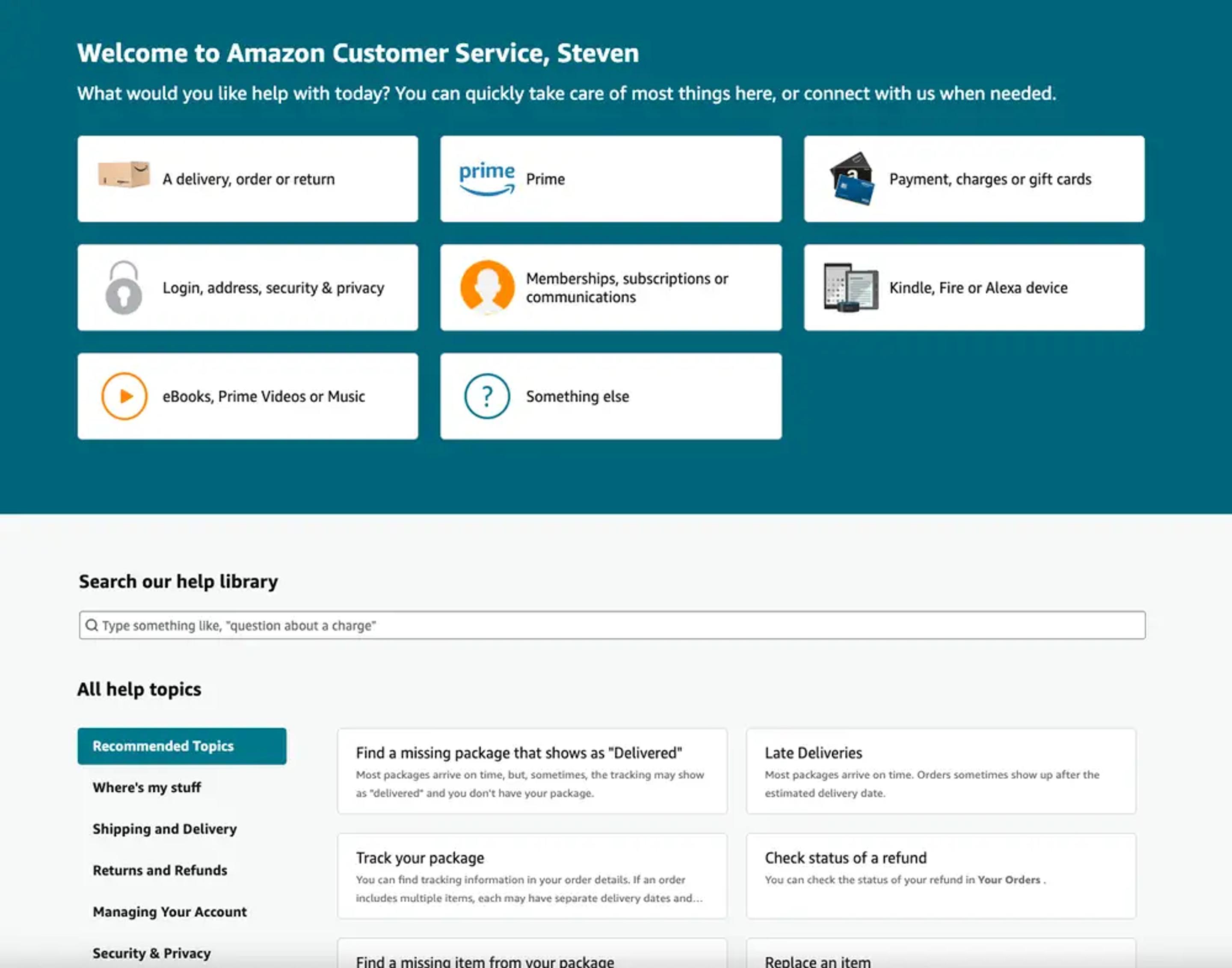
Amazon
Amazon is often touted as a leading digital customer service brand: in 2020, it topped the UK’s list for best customer service. Its ability to personalise experience for its users often means that customers can usually find a solution by self-serving through its Help Centre. Talking to a human is often the last step of the journey. What this approach is missing is a helping human hand guiding customers to make the right purchase decision – it relies heavily on reviews from other customers, which often brings up issues around trust or personal taste.
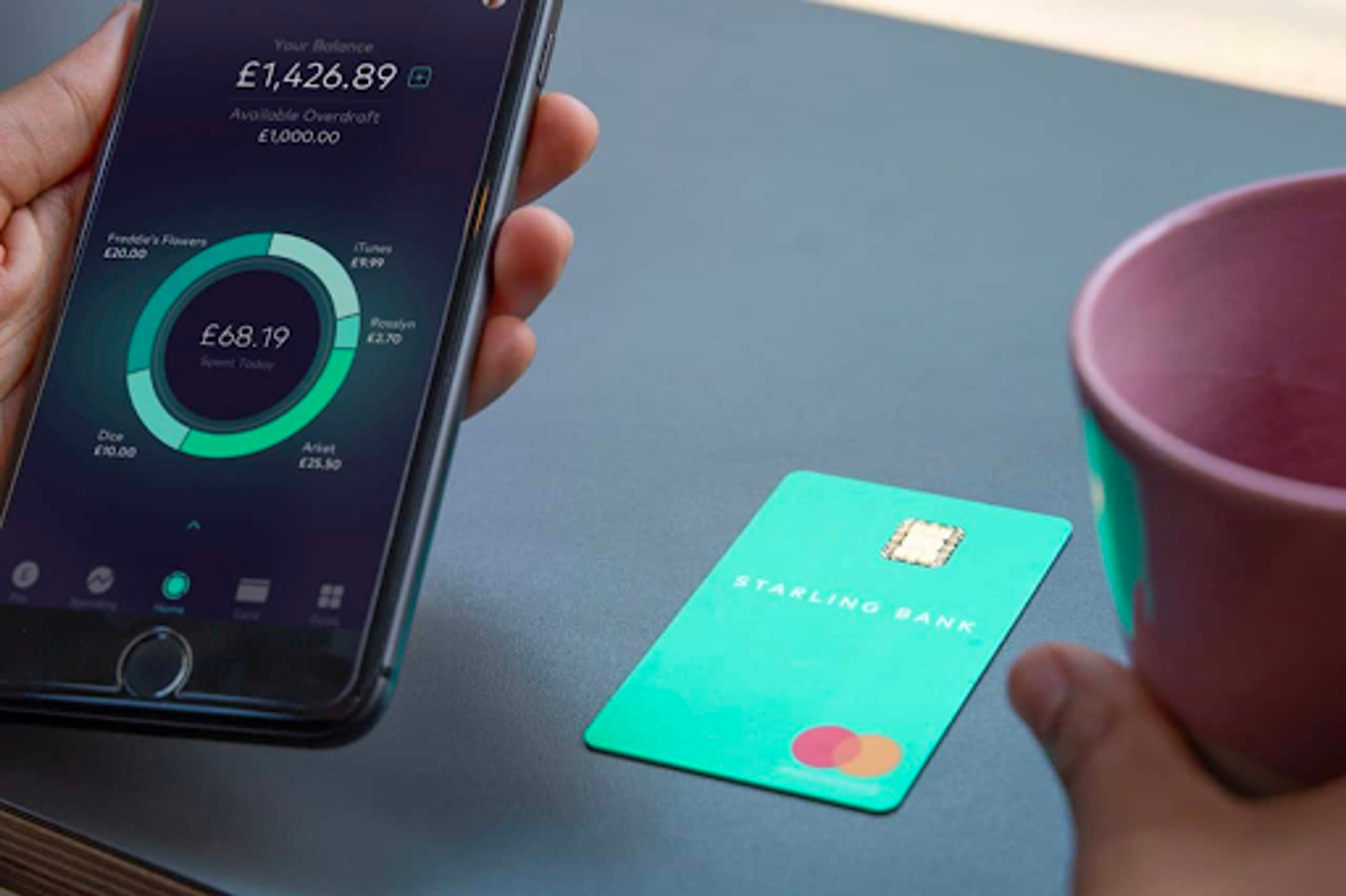
Starling Bank
Starling provides a 365/24/7 contact centre through live chat in-app or on desktop and phone support should you get stuck, which is incredibly convenient! It goes beyond a traditional approach of waiting on the customer to make the first move by sending app notifications if something isn’t quite right, providing more immediate and proactive support. Being digital, Starling has the benefit of tracking customer data to understand how to improve its service. It has great reviews and although its approach isn’t particularly innovative (Monzo is similar), it’s incredibly successful.
Innovators
A hybrid approach combines the efficiency of digital with the reassurance, personalisation, and customisation of a human. Note: this isn’t sticking a digital solution on top of an offline experience, like Specsavers, or including an agent at the end of the digital journey, like Amazon.
A hybrid customer service approach works well as human intervention is not the last step but there to support customer every step of the way. Therefore, it works best for businesses selling big ticket items and and customers doing more considered buying.

Bionic
As a small business energy comparison site, Bionic recognises its customers need support at every stage of the process. Its customer service starts with the standard steps (address, business name, etc.) but to get a quote, customer get to speak to a real human. An agent gets in touch, in real-time, to talk customers through the quotes on their screen – customer don’t hang up and then wait for someone to call back, it’s all done fluidly. Bionic figured out the bit that only human-to-human interaction can do and built its service around delivering that with as much digital efficiency as possible.

Currys PC World
Currys connects online customers to live, in-store customer service experts. In 2020, Currys launched ShopLive, a service that connects customers to video chat with one of the its tech experts in-store, who help customers make the right decision when shopping, even from the comfort of their own homes. Customers are able to get a personalised service, remote or in-store if they wish, with the human touch for peace-of-mind when making big-ticket purchases.
Key takeaways
Poor customer service can strangle business growth – it costs 5 times more to attract new customers than to retain existing ones. Innovation in customer service and technology means that brands can unlock loyalty and growth by finding which approach works best for them.
In summary, there needs to be some offering of both human and digital services to appeal to all audiences and ensure brands are meeting its customers where they are.
To find out more about Future Platforms and how we help brands build a leading customer service, get in touch.




